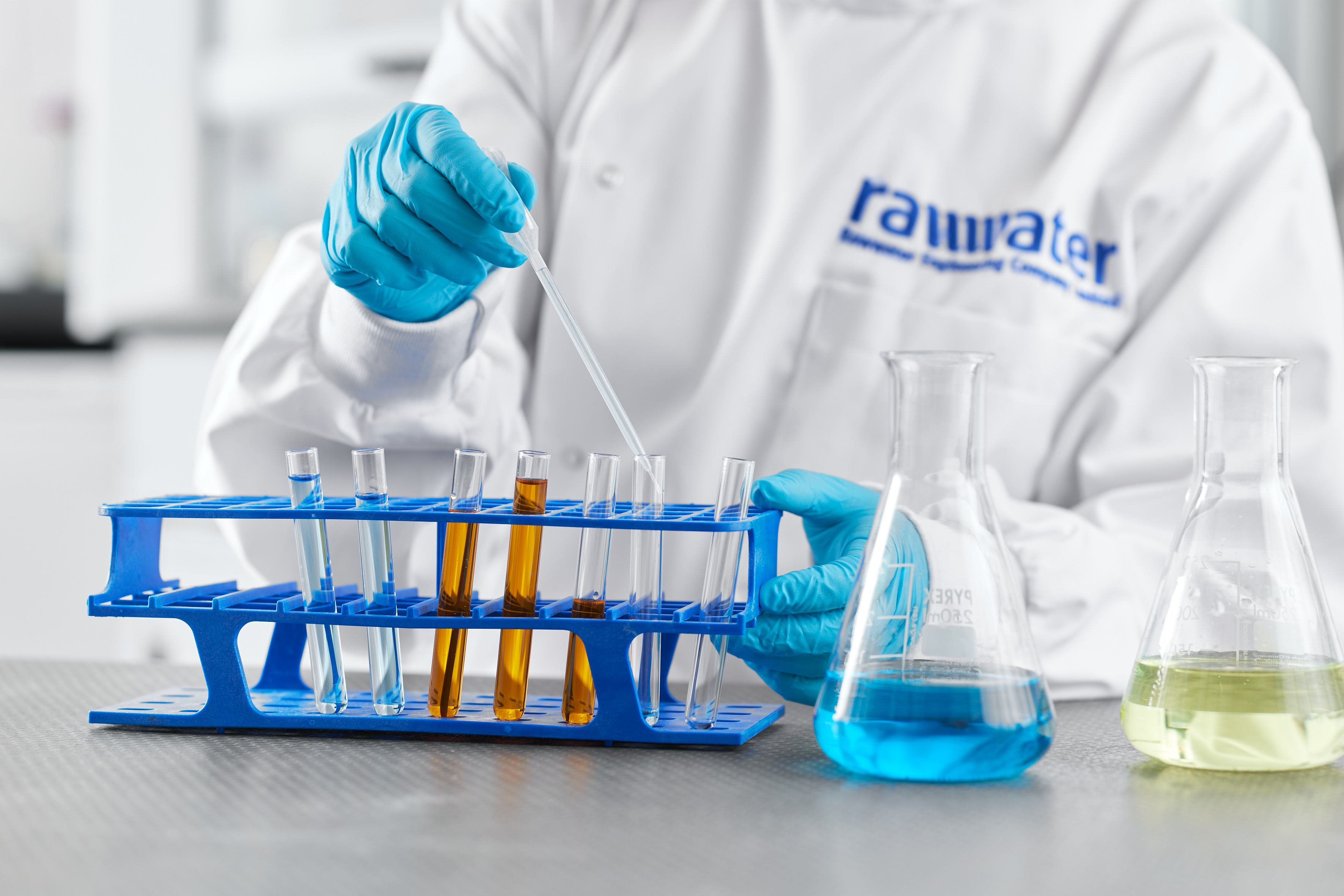Confirming Future Reservoir Souring at Early Decision Gate Avoids Costly Remediation
CHALLENGE
Wanting to understand the likelihood of oilfield reservoir souring in one of its new discoveries, a leading operator commissioned Rawwater to assess the impact of problematic subsurface H2S generation. In the event that the downhole environment would support problematic microbiological souring based on early desktop modelling, the operator wanted to establish whether different injection water scenarios would have a significant impact on the degree of microbial sour gas production throughout the lifetime of asset operation.

SOLUTION
Desktop Souring and High-Pressure Bioreactor Simulation
Rawwater’s advanced souring forecasting model, DynamicTVS©, offers valuable guidance to operators at early-stage field planning and development. By using DynamicTVS©, Rawwater demonstrated that field conditions would support the formation of a competent bioreactor during asset operation. In short, the operator could anticipate the production of sour fluids.
In advance of further modelling, the operator commissioned Rawwater to conduct a high-pressure bioreactor study to compare the souring potential of seawater injection and produced water reinjection (PWRI). Subjecting crude from the asset to the pressure and temperature conditions in the near-wellbore, Rawwater was able to generate tailored reservoir and waterflood simulations in the laboratory.
The bioreactor study confirmed that the reservoir conditions would support problematic levels of microbial H2S production. It was shown that the volatile fatty acids (VFAs) and dissolved hydrocarbons present in PWRI would exacerbate the problem by up to 35% – leading to elevated treatment costs.
BENEFITS
Earliest possible insight into reservoir souring and its control
Forecasting and simulation of future souring, long before production commences
Demonstrated that PWRI could exacerbate souring by up to 35%
Measurable savings through use of most effective treatment chemistry



 Case Study
Case Study
